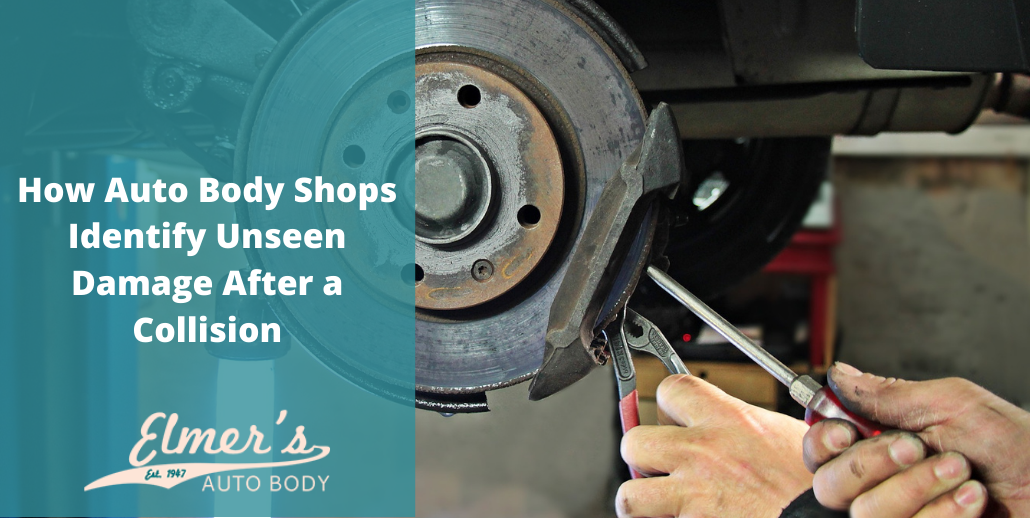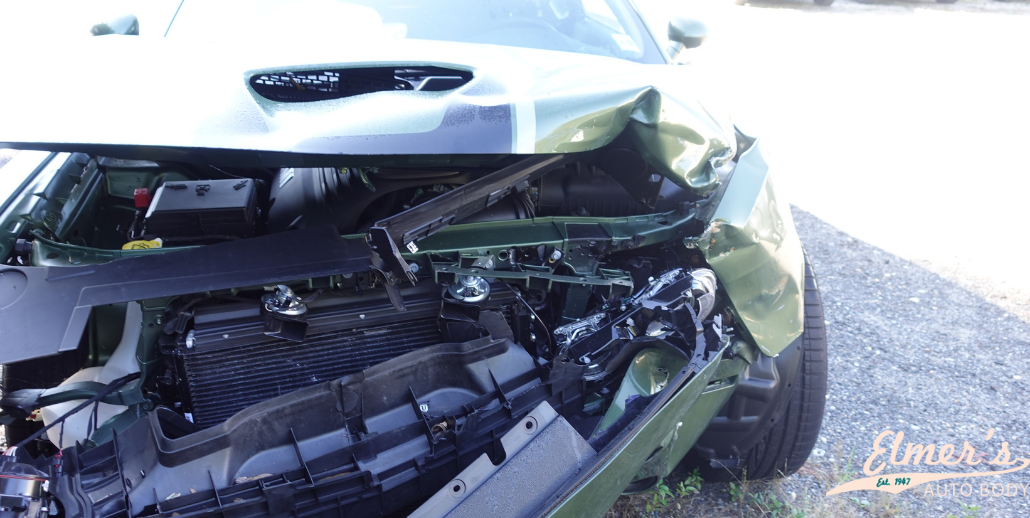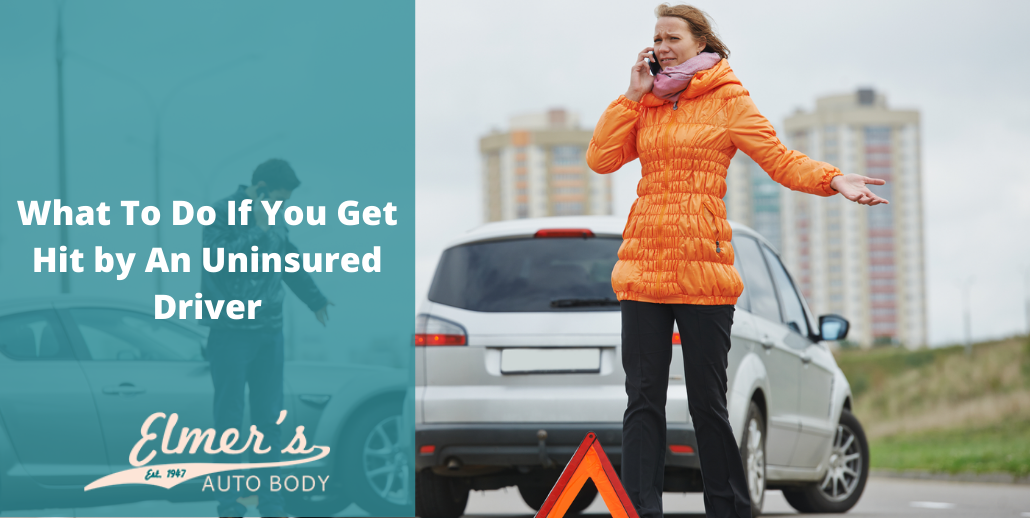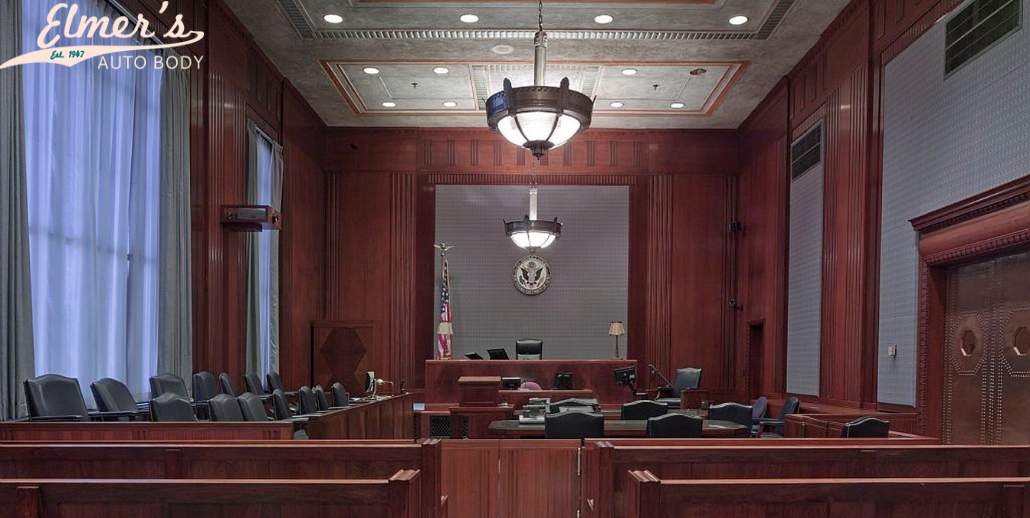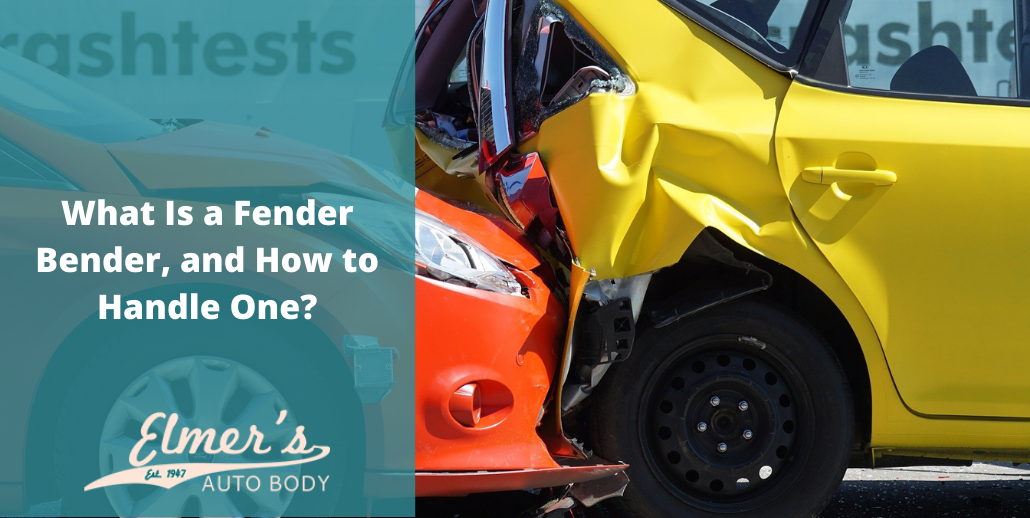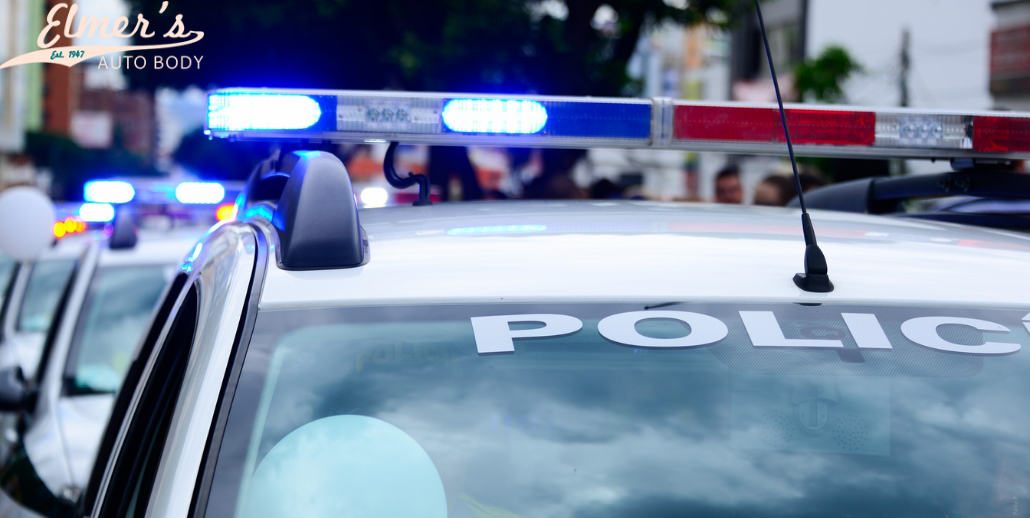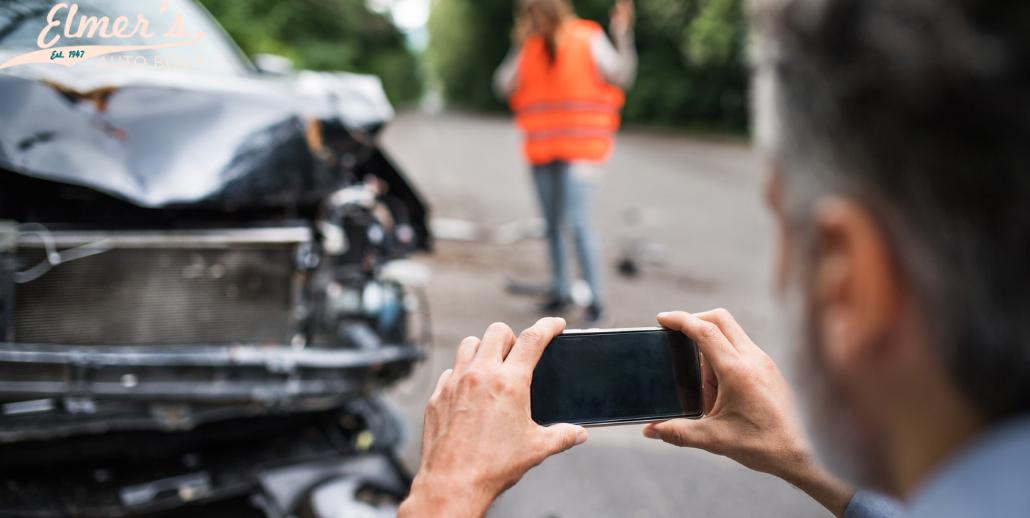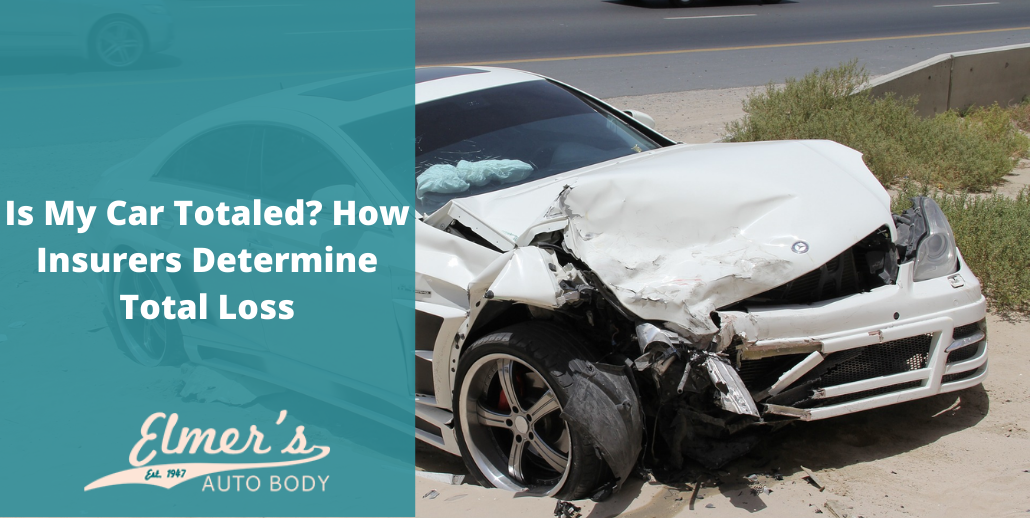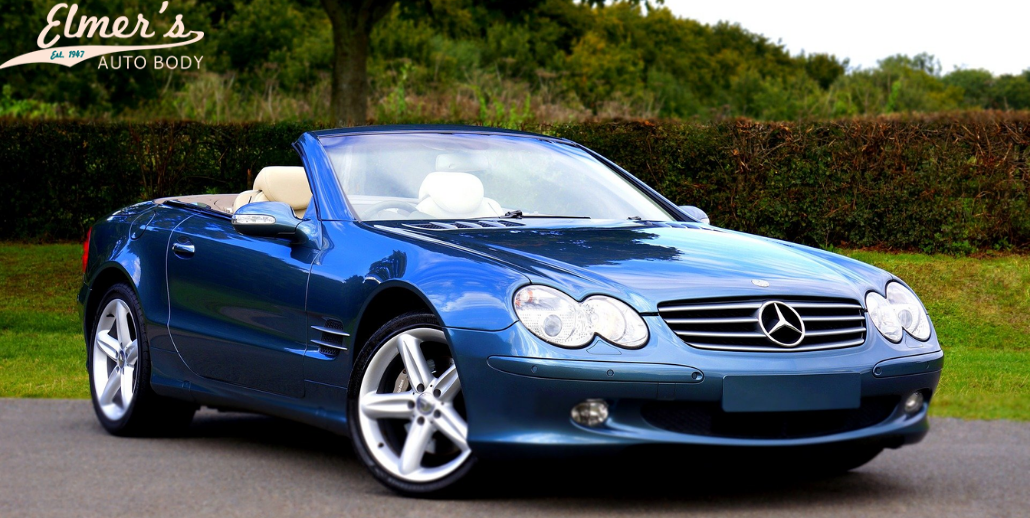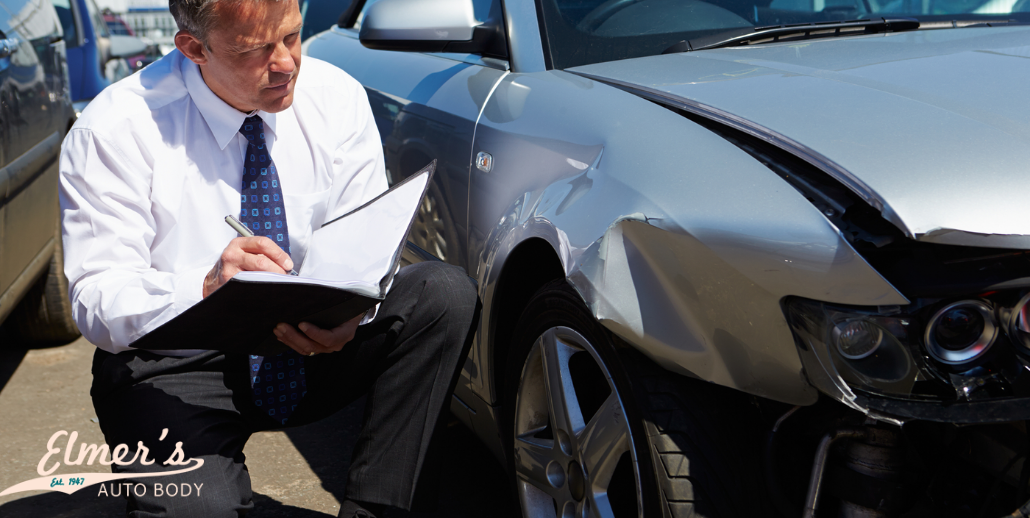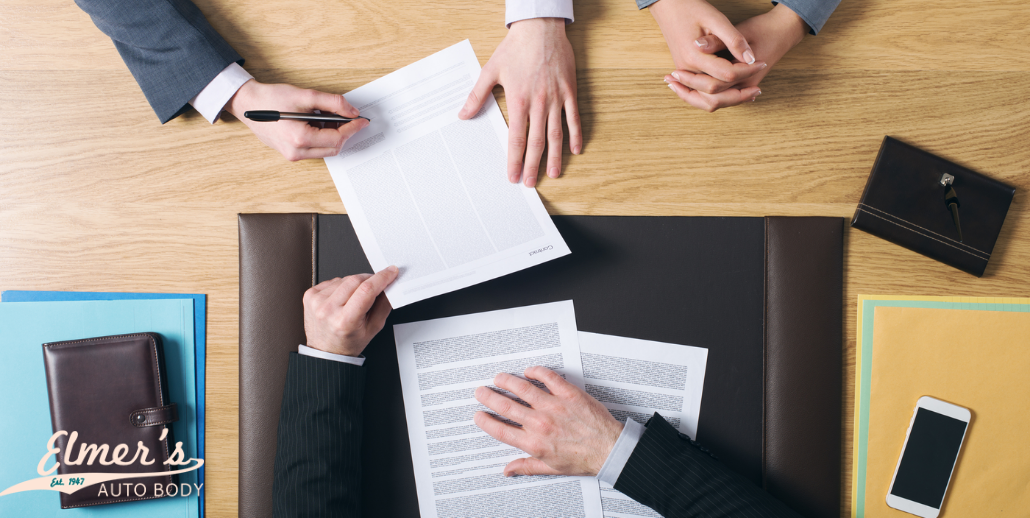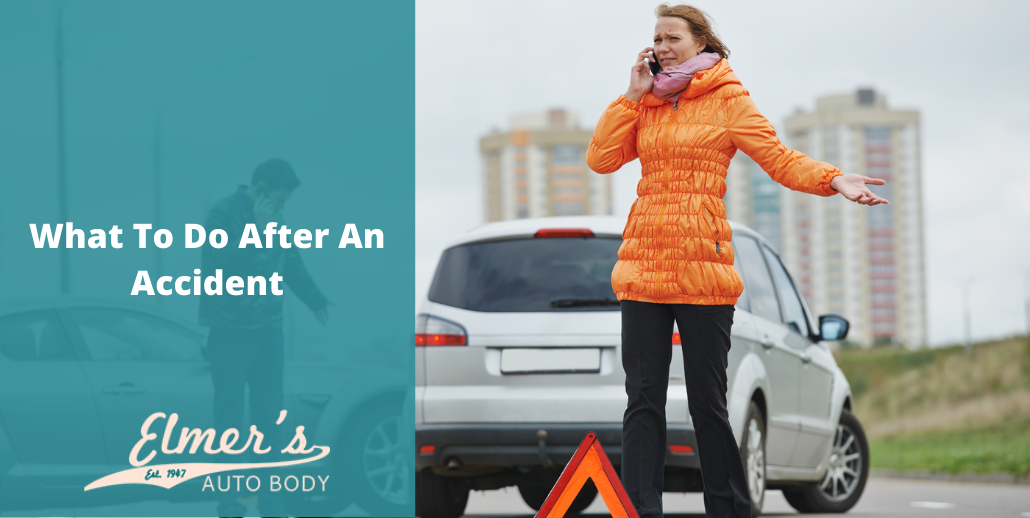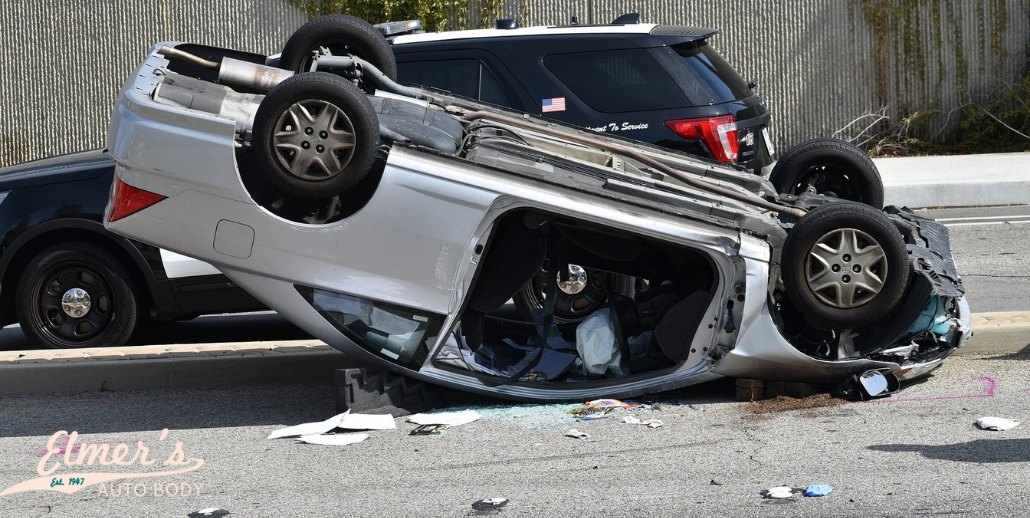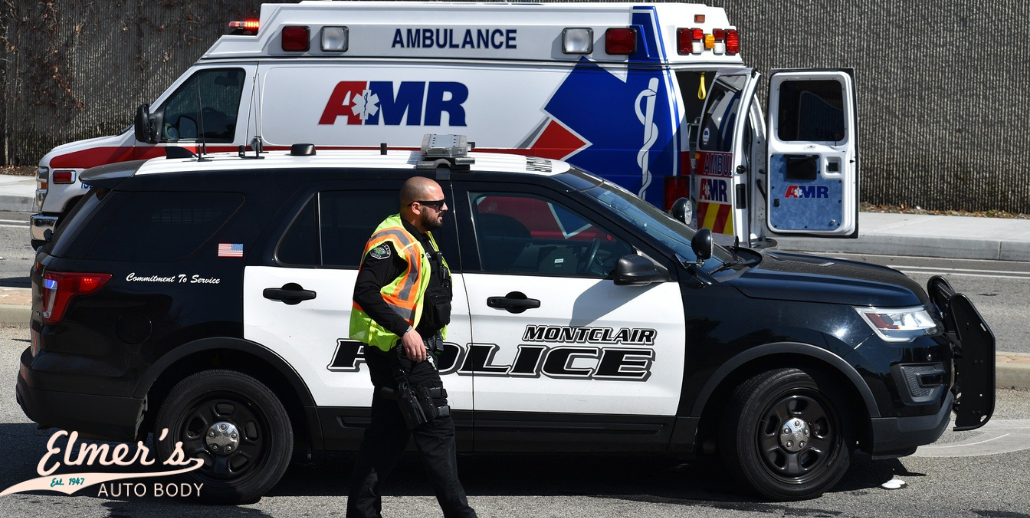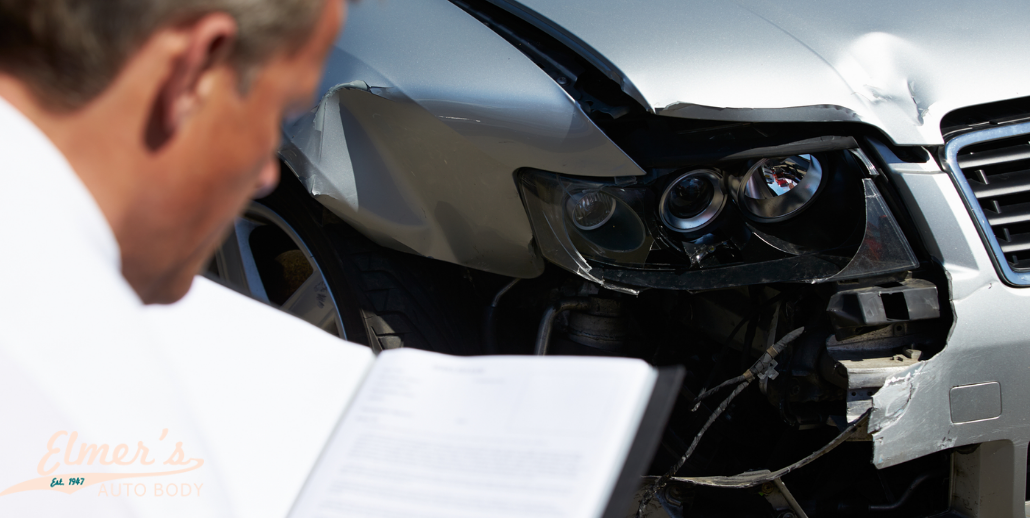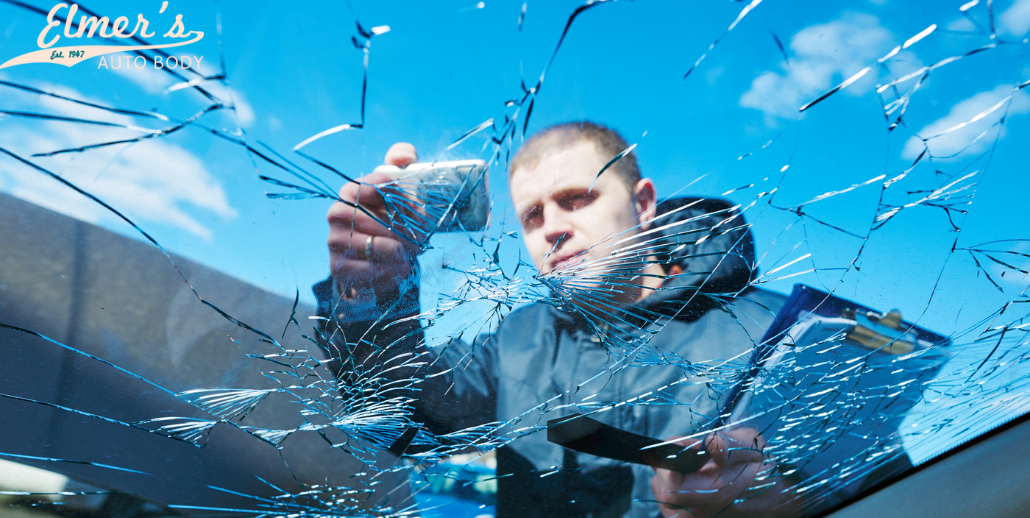When you are involved in an accident, the damage might not be visible from the outside of the vehicle. Cars and trucks have plenty of hidden systems that help with the operation of the vehicle. When damage is not fixed, it can lead to costly repair bills for you. However, hidden damage cannot hide from a specially trained technician. If your car has been involved in an accident, a professional auto body shop can find that unseen damage and get your vehicle back on the road.
Types Of Hidden Auto Body Damage
After an accident, you need to bring your vehicle to a shop for an inspection. Those areas that look crumpled and dented will often have the most severe damage. While your car might look drivable, some issues can occur from a low or high-speed accident. An auto body technician will be able to find problems with the suspension, steering, brakes, or engine components. These issues are often not discovered until the vehicle is in the shop and on the lift. The most common forms of hidden damage are found around the crumple zones. You want these areas repaired to ensure proper drivability and maximum safety for your vehicle.
Here are some types of unseen damage you might find on your vehicle.
Bumper Damage
If your bumper is slightly dented in a crash, it could be hiding more severe damage below the surface. A trained body shop technician will often remove the bumper to check the components underneath the vehicle. The bumper and other parts are designed to absorb any impact. Once the bumper’s integrity is compromised, it doesn’t have those same safety features. You never want to ignore these issues. In the event of another accident, you can have some serious safety issues.
Brake Damage
Your brakes play an essential role in the safety of your vehicle. The force of an impact can damage those sensitive braking components. In some cases, the parts can loosen or break off from the car. If the accident was severe, you might even experience a leak in the brake line. When the brake lines are damaged, it can make your vehicle a safety hazard, and it will be unsafe to operate on the road. You will want to get your car in the shop as soon as possible.
Suspension System Damage
The suspension system is often damaged in a crash, but you cannot tell it by looking at the vehicle. It doesn’t take much to damage these sensitive driving systems. You can drive too quickly on an unpaved road or hit a large pothole. As a result, you are left with suspension system damage. This system is used to maintain control of the vehicle. In other words, it is a critical system, and you will want to get it assessed by a professional auto body shop technician. The technician will check the shocks, struts, and springs to see if there is any damage. If anything needs to be repaired, the technician can replace these components.
Identifying Unseen Damage After A Collision
While you might be able to see a dented bumper, broken windshield, or scratched paint, there are times when damage is not visible. For those cars with automated driver assistance systems (ADAS) and other sensors, a slight bump can cause a significant amount of damage. After a collision, you want to bring your vehicle to a professional auto body shop. These professionals can determine if the damage has impacted the vehicle’s safety and performance features.
Since many newer vehicles use sensors to assist with driving, a crash can damage these components. Many of the components are located in the front or rear bumpers. Some safety sensors are also placed throughout the exterior and interior of the vehicle. These sensors work together with the onboard computer to help with parallel parking assistance, collision prevention, and backup assistance. After an accident, you want to ensure that all these systems are fully operational before you hit the road.
Fortunately, many auto body shops have ways to determine the hidden damages to your vehicle. Many professionals use diagnostic scanning to look for any issues. When you drop your car off at the shop, a diagnostic scan is performed on the entire vehicle. This system allows the technician to identify any hidden damage so that they don’t waste time on unnecessary repairs.
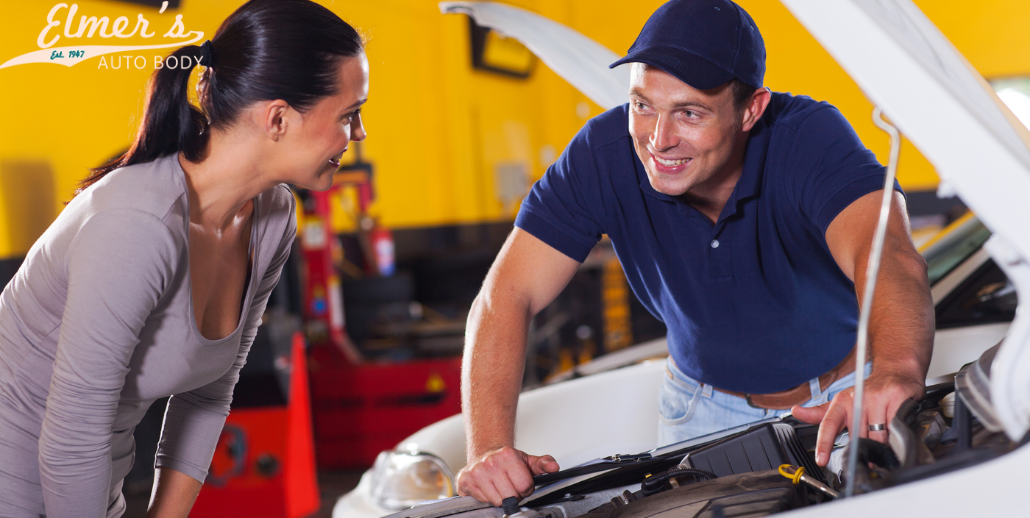
A repair technician will connect your car to a specialized scanner that performs the diagnostic assessment. If any Diagnostic Trouble Codes (DTC) appear, the technician will be alerted to the problems. The scan performs an inspection of your car’s various features and programs. Any miscommunications or issues with those systems will throw out an error code. With this type of system, the technician can pinpoint any problems with your vehicle.
In some cases, the technician does have to physically remove a part to inspect the damage. Components might appear to work until a professional technician visually inspects them. For example, there are components in a bumper that may seem fine. However, the parts will not show damage until the cover is removed from the vehicle.
With these tools, the technicians can find the source of the damage and repair your vehicle. While you might receive an estimate from the body shop, you will not know the full extent of the damages until the car is thoroughly inspected. As the vehicle is dismantled, some additional issues will become apparent, such as broken components. It is essential to take your vehicle to an experienced and professional body shop. These technicians have the latest technology to diagnose your vehicle correctly.
Find A Great Auto Body Shop Near Me
If you are looking for an exceptional auto body shop, make sure to visit Elmer’s Auto Body. Our team has the equipment and experience to spot any unseen damage lurking in your vehicle. When we find any issues, our team can fix the problem and get you back on the road. You can schedule a consultation by calling (856) 218-0202.


